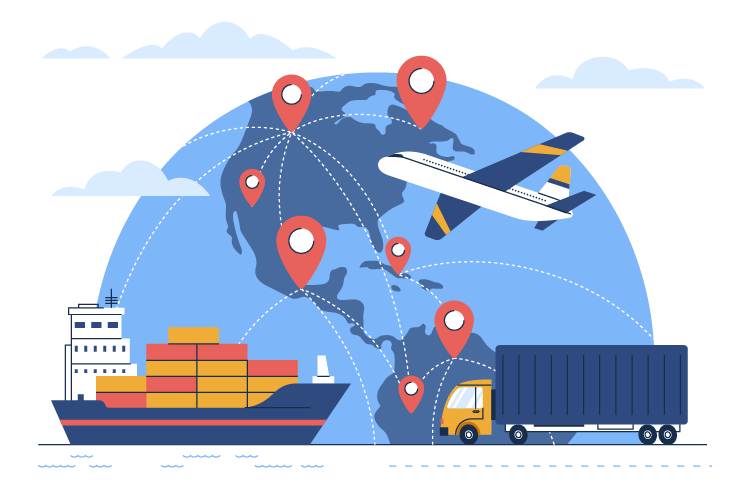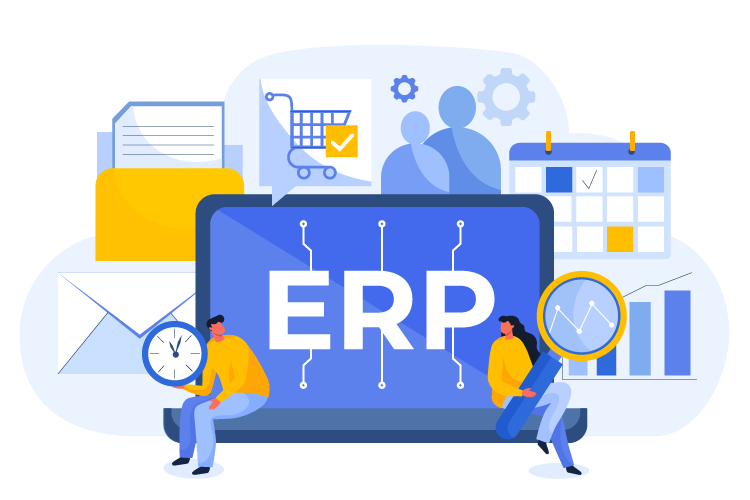
Supply Chain Network Design And Footprint Optimization
BusinessOur Supply Chain Consulting services include supply chain and operations transformation, supply chain technology architecture, supply chain software selection, sales and operations planning, inventory, warehousing, and logistics optimization, and supply chain network design and footprint optimization.
View Detail


